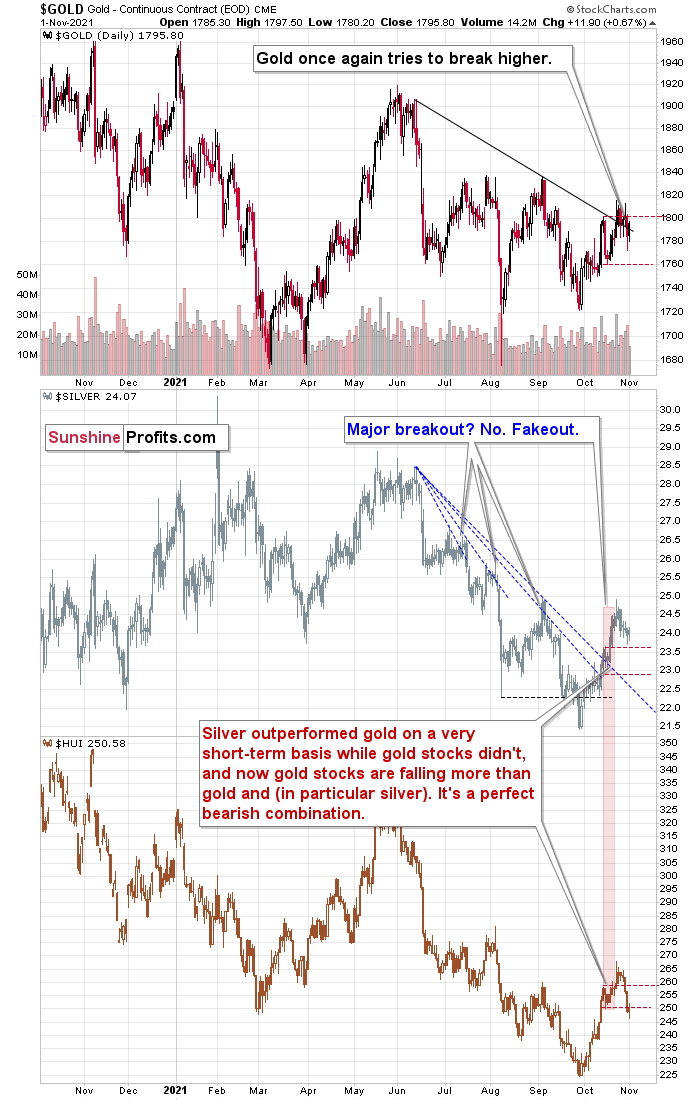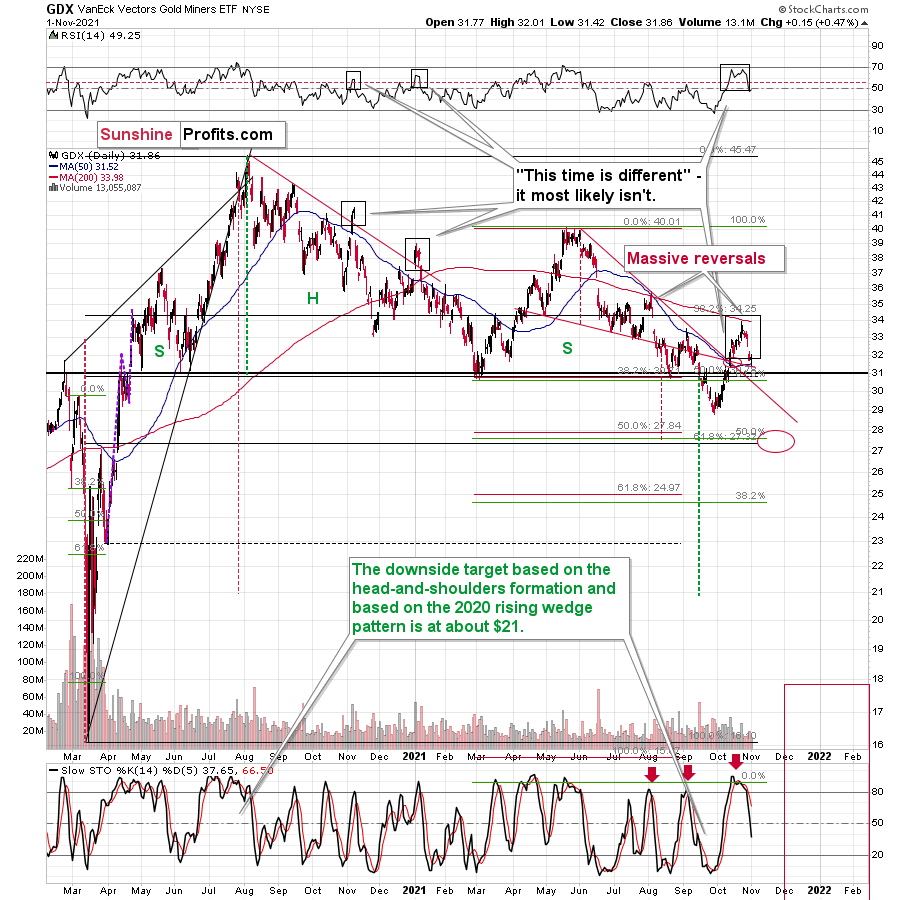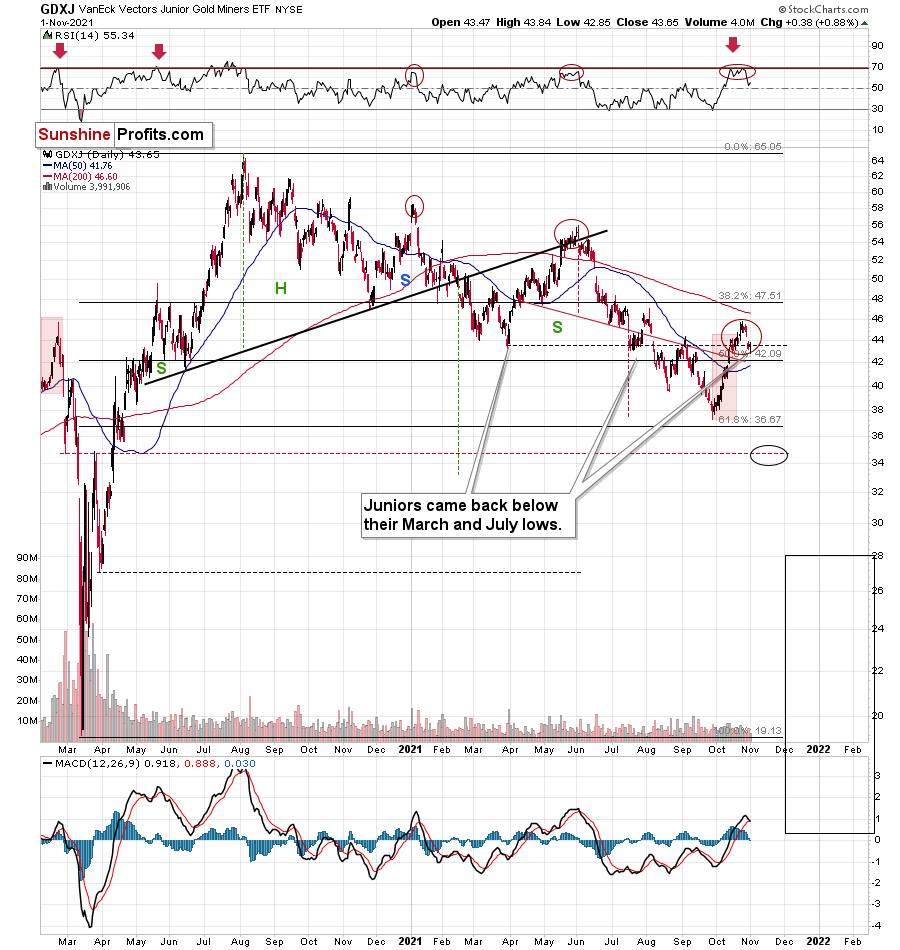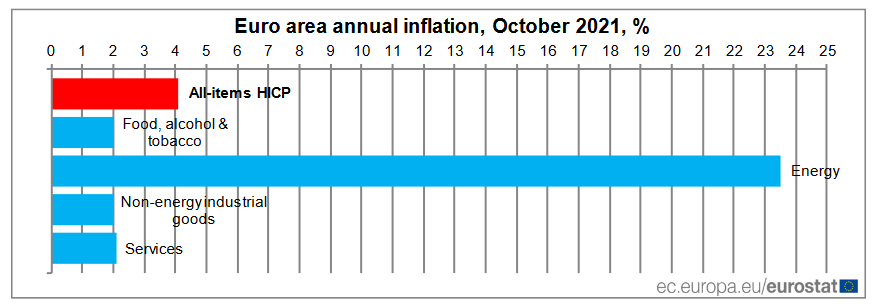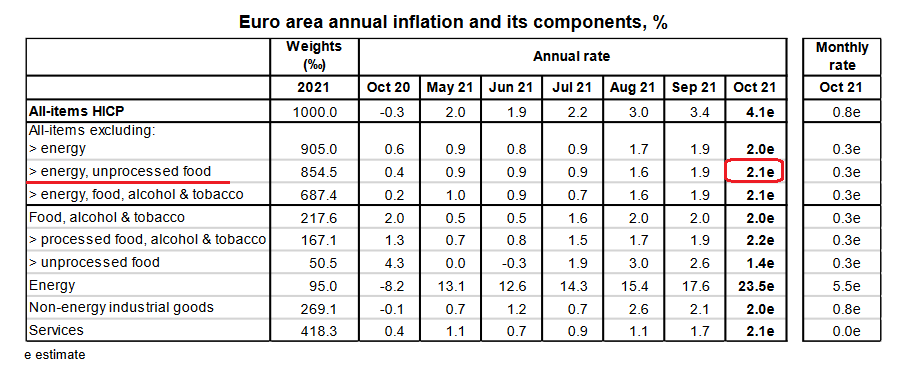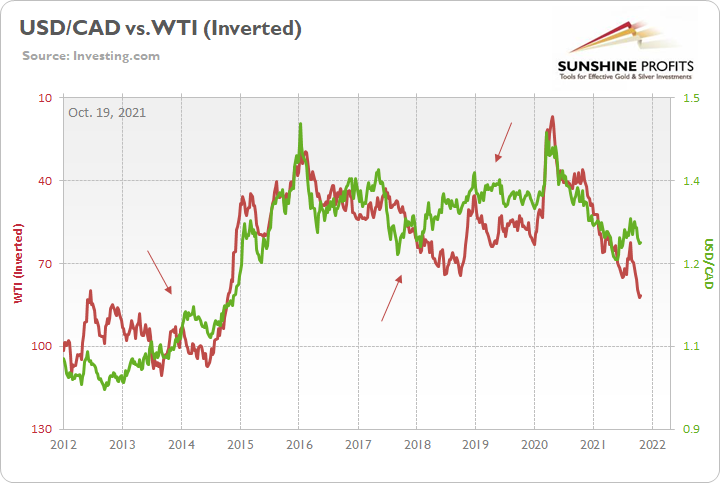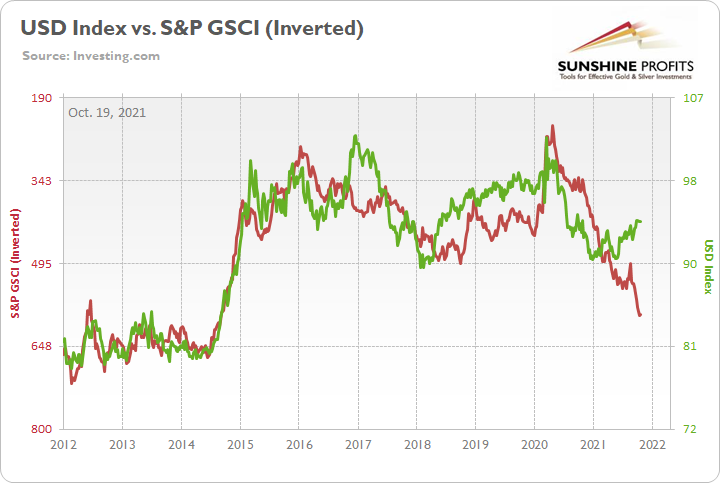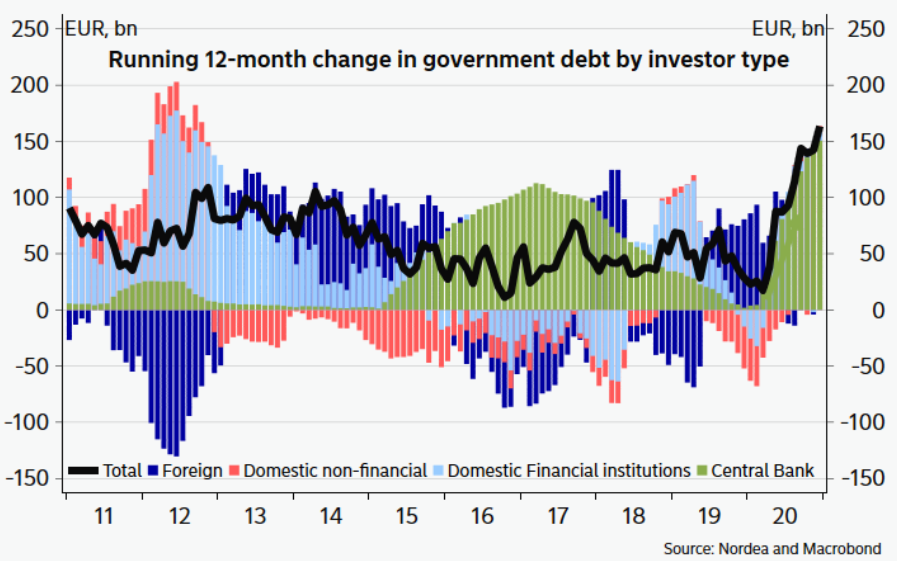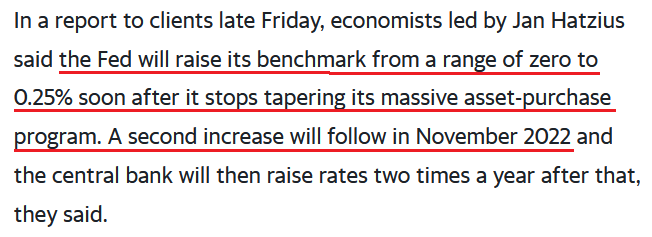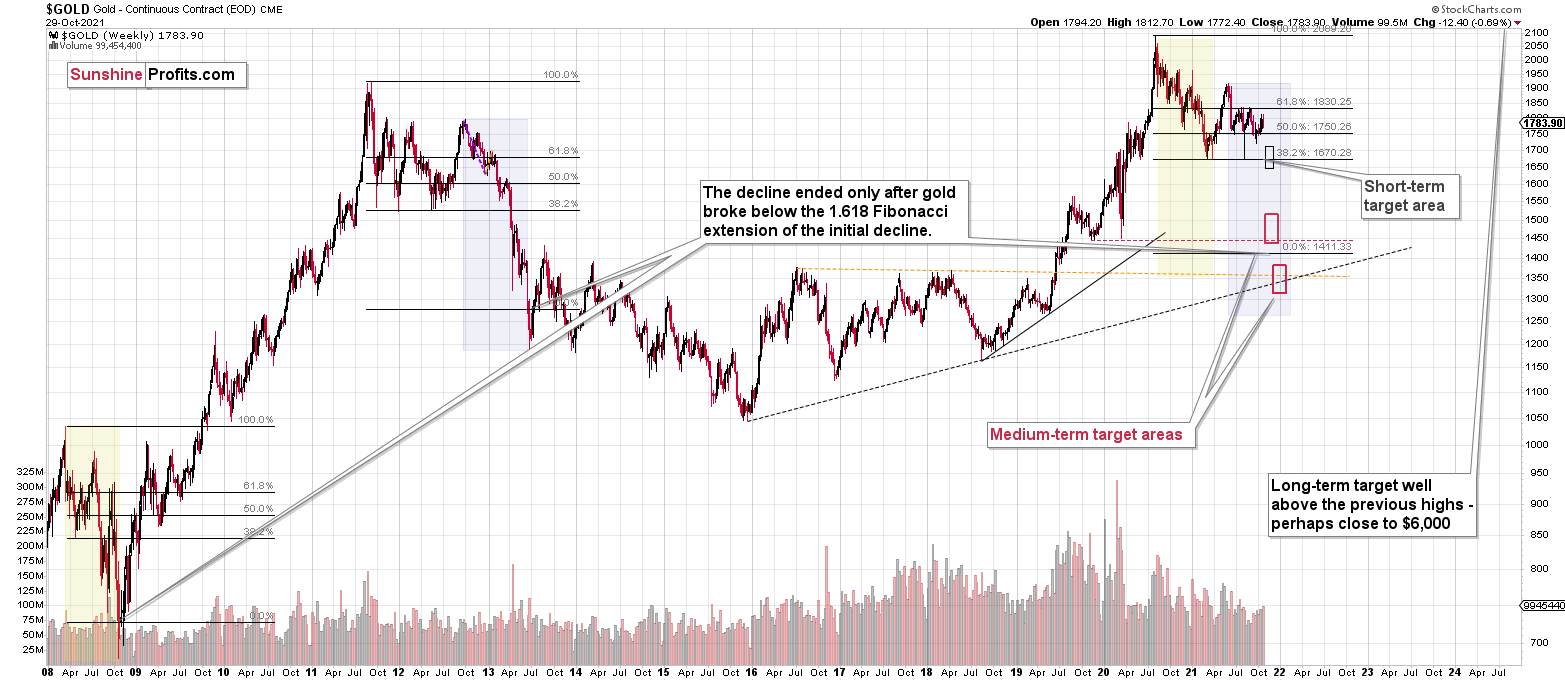Briefly: in our opinion, full (300% of the regular position size) speculative short positions in junior mining stocks are justified from the risk/reward point of view at the moment of publishing this Alert.
What a beautiful day that was! Well, the weather varied in different places of the planet, so I don’t mean that literally. What I mean is that Mr. Market was generous and provided us with a major confirmation exactly when it was needed.
Friday’s performance was breathtakingly bearish, as miners declined a few times more than gold and – in particular – silver, which is exactly the thing that we tend to see at the beginning of a short-term decline.
But maybe it was a single-day event only? One swallow doesn’t make a summer.
The question is: was Friday’s session a swallow?
It wasn’t, and what we saw yesterday confirms it.
Gold moved higher and attempted to once again break above its declining resistance line. The move took place on relatively weak volume, which is exactly the opposite of what one should see as a sign of a breakout confirmation. What we saw yesterday was not (at least not yet) a bullish signal for gold. However, that’s not the most interesting thing that happened yesterday.
Silver did very little, and it’s not that informative on its own. It’s informative because it didn’t decline a lot. In particular, it didn’t catch up with mining stocks’ decline.
And this brings us to the main analytical course of today’s menu.
The Main Dish
Gold stocks didn’t rally back up despite the volatile nature of Friday’s decline and despite gold’s ~$12 rally. The general stock market was slightly up yesterday, so miners had no good reason not to rally. Unless…
Unless it’s the beginning of another big decline, and we are still very early in the process. In this case, it would be perfectly understandable for the mining stocks to behave this way.
Gold miners had all the reasons to erase a large part of their Friday’s declines, but they didn’t do so. What does it indicate for gold?
The GDX was up by $0.15, and the GDXJ was up by $0.38. So, they barely moved.
By the way, do you see how little it now takes for the MACD based on the GDXJ (lower part of the above chart) to flash a sell signal? The upcoming sell signal will (as it’s likely just ahead) be similar to only two events from the recent past – the January top and the June top.
What followed in both cases? Significant declines. Is this time different? You already know the answer. It’s highly unlikely.
Moving back to miners’ relative performance, if you take into account Friday’s and Monday’s sessions at the same time, you get the following price moves:
- Gold price is down by $6.8 (0.38%)
- Silver price is down by $0.05 (0.21%)
- GDX is down by $0.73 (2.24%)
Silver is holding up quite well while miners are strongly underperforming – that’s exactly what one should see at the beginning of a big move lower.
All in all, while the outlook for the precious metals sector is very bullish for the following years, it’s very bearish for the following weeks.
Having said that, let’s take a look at the markets from a more fundamental point of view:
The ECB’s IQ Test
With the EUR/USD giving back all of its ECB-induced gains on Oct. 29, the currency pair’s reassessment of reality occurred at a rapid pace. And while the currency pair ended the Nov. 1 session roughly where it was pre-ECB, an extremely important data point also hit the wire on Oct. 29.
To explain, Eurozone headline inflation jumped by 4.1% year-over-year (YoY) in October (the red bar below), and rapidly rising inflation increases the chances that the ECB turns hawkish. For context, the Eurozone-U.S. inflation spread is one of the main fundamental reasons why we’re bullish on the U.S. dollar. In a nutshell: with U.S. inflation outperforming the Eurozone, the Fed has to turn hawkish in advance of the ECB.
Likewise, with the EUR/USD accounting for nearly 58% of the movement of the USD Index, the performance of the currency pair has an outsized impact on the performance of the PMs (due to their negative correlations with the U.S. dollar).
Please see below:
However, with inflation accelerating and pressure mounting on the ECB, please have a look at some of the Reuters headlines that were published since the inflation data was released.
And:
However, market participants and the media (as usual) can’t see the forest through the trees. To explain, if you analyze the Eurozone inflation chart above, you can see that energy prices surged by more than 23% YoY.
And if we exclude the inflationary impacts of oil & gas, Eurozone inflation increased by 2% YoY in October. Likewise, Eurozone core inflation – which excludes the inflationary impacts of food and energy – only increased by 2.1% YoY in October. As a result, the October figure is only slightly higher than the 1.9% YoY recorded in September.
Please see below:
Conversely, U.S. headline inflation increased by 5.4% YoY in September (the latest release) and has been north of 5% for the last four months (the blue box below). Even more meaningful, though, U.S. core inflation – which again, excludes the inflationary impacts of food and energy – increased by 4% YoY in September and has been at or north of 4% for the last four months (the red box below).
Thus, while the Eurozone has an energy-only problem, the inflationary onslaught in the U.S. is much more widespread.
Please see below:
 Source: U.S. Bureau of Labor Statistics (BLS)
Source: U.S. Bureau of Labor Statistics (BLS)
As a result, the key takeaway is that excluding food and energy, everything in the Eurozone is in line with the ECB’s 2% annual target. Conversely, if we exclude food and energy in the U.S., everything is still double the Fed’s 2% annual target.
What’s more, to solve the ECB’s energy conundrum, a hawkish shift is actually the worst course of action. For example, with oil (and nearly all commodity) prices exhibiting strong negative correlations with the U.S. dollar, uplifting the euro will only enhance the upward pressure on oil prices.
To explain, I wrote on Oct. 19:
The green line above tracks the USD/CAD, while the red line above tracks the inverted WTI futures price. For context, inverted means that the latter’s scale is flipped upside down, and that a rising red line represents falling crude prices, while a falling red line represents rising crude prices. If you analyze the relationship, you can see that a stronger USD/CAD often stifles WTI’s bull markets.
As further evidence, the chart below demonstrates how the entire commodities complex makes a living off of a weaker U.S. dollar.
Please see below:
To explain, the green line above tracks the USD Index, while the red line above tracks the inverted S&P Goldman Sachs Commodity Index (S&P GSCI).
If you analyze the relationship, you can see that a stronger USD Index often curbs commodity inflation. And while the S&P GSCI has surged in recent weeks, even as the USD Index has strengthened, the relationship has stood the test of time and the sharp rally (plunge) in the USD Index (S&P GSCI) in 2014-2015 is a cautionary tale of how quickly things can change.
Weaken the Euro?
As a result, if ECB officials are smart, they’ll recognize the situation for what it really is; despite the media labeling Eurozone inflation as a material problem, the reality is that core European pricing pressures are worlds apart from the U.S. And with a stronger U.S. dollar often the missing ingredient to lower energy prices, the ECB should look to weaken the euro, not strengthen it, to help curb inflation.
On top of that, the ECB also remains stuck between a fundamental rock and a hard place. For one, not only is the ECB the bond-buyer of last resort, it’s actually the only buyer of bonds in the Eurozone.
Please see below:
To explain, the black line above tracks the running 12-month change in total Eurozone government debt, while the various bars above depict the major players that have either increased or decreased their holdings. If you analyze the right side of the chart, you can see that the ECB (the green bars) has purchased nearly all of the Eurozone’s government debt since COVID-19 struck.
Conversely, foreign and domestic institutions have actually reduced their holdings of European debt. And while the ECB turning hawkish may seem like an interesting story, a rapid rise in interest rates is the last thing that the ECB wants. Thus, if officials are smart, they already know this.
Second, German retail sales were released on Nov. 1. And with consumer purchases declining by 2.5% month-over-month (MoM) in September – versus a rise of 0.6% expected – the weak print is another headwind confronting the ECB. For context, Germany is Europe’s largest economy.
Please see below:
 Source: Statistisches Bundesamt (Destatis)
Source: Statistisches Bundesamt (Destatis)
Now, if we turn to the U.S., the situation stateside still has the Fed in pole position. For example, with a tapering announcement all but guaranteed on Nov. 3, the Fed remains ahead of the ECB. Moreover, with the FOMC’s 2022 PCE Index forecast likely wishful thinking, the hawkish rhetoric should accelerate in the coming months.
To explain, I wrote on Oct. 26:
Originally, the Fed forecasted that it wouldn’t have to taper its asset purchases until well into 2022. However, surging inflation pulled that forecast forward. Now, the Fed forecasts that it won’t have to raise interest rates until well into 2023. However, surging inflation will likely pull that forecast forward as well.
And expecting just that, Goldman Sachs chief economist Jan Hatzius wrote on Oct. 29 that “a seamless move from tapering to rate hikes [is] the path of least resistance.” Originally, Hatzius didn’t expect the Fed to raise interest rates until well into 2023. Now, he expects two rate hikes in 2022.
Please see below:
And why the sudden about-face?
Per Bloomberg:
“The Goldman economists said the main reason for their new forecast was they now expect inflation to prove more stubborn than they previously thought.”
Per Hatzius:
“The main reason for the change in our liftoff call is that we now expect core PCE inflation to remain above 3% – and core CPI inflation above 4% – when the taper concludes.”
The bottom line? With the Fed poised to accelerate the hawkish rhetoric over the medium term and the ECB dealing with a much milder inflationary problem, the fundamentals still support a stronger greenback. And with the PMs often moving inversely to the U.S. dollar, their performance should suffer over the next few months.
In conclusion, the PMs rallied on Nov. 1; though, the moves were rather tepid. And with investors awaiting Fed Chairman Jerome Powell’s press conference on Nov. 3, the hawkish clock is now ticking. Moreover, while Powell may try to calm investors’ expectations of future rate hikes, his lack of foresight on inflation and his taper timeline will likely result in a similar shift when it comes to raising interest rates. As a result, the PMs’ fundamental outlooks remain quite ominous, and they should remain under pressure for the foreseeable future.
Overview of the Upcoming Part of the Decline
- It seems to me that the current corrective upswing in gold is over, and the next short-term move lower is about to begin. Since it seems to be another short-term move more than it seems to be a continuation of the bigger decline, I think that junior miners are be likely to (at least initially) decline more than silver.
- It seems that the first stop for gold will be close to its previous 2021 lows, slightly below $1,700. Then it will likely correct a bit, but it’s unclear if I want to exit or reverse the current short position based on that – it depends on the number and the nature of the bullish indications that we get at that time.
- After the above-mentioned correction, we’re likely to see a powerful slide, perhaps close to the 2020 low ($1,450 - $1,500).
- If we see a situation where miners slide in a meaningful and volatile way while silver doesn’t (it just declines moderately), I plan to – once again – switch from short positions in miners to short positions in silver. At this time, it’s too early to say at what price levels this could take place, and if we get this kind of opportunity at all – perhaps with gold close to $1,600.
- I plan to exit all remaining short positions when gold shows substantial strength relative to the USD Index while the latter is still rallying. This might take place with gold close to $1,350 - $1,400. I expect silver to fall the hardest in the final part of the move. This moment (when gold performs very strongly against the rallying USD and miners are strong relative to gold after its substantial decline) is likely to be the best entry point for long-term investments, in my view. This might also happen with gold close to $1,375, but it’s too early to say with certainty at this time. I expect the final bottom to take place near the end of the year, perhaps in mid-December. It is not set in stone that PMs have to bottom at that time. If not then, then early 2022 would become a likely time target. The official start of tapering will serve as an additional indication or confirmation of the bottom.
- As a confirmation for the above, I will use the (upcoming or perhaps we have already seen it?) top in the general stock market as the starting point for the three-month countdown. The reason is that after the 1929 top, gold miners declined for about three months after the general stock market started to slide. We also saw some confirmations of this theory based on the analogy to 2008. All in all, the precious metals sector is likely to bottom about three months after the general stock market tops. The additional confirmation will come from the tapering schedule, as markets are likely to move on the rumor and reverse on the fact as they tend to do in general.
- The above is based on the information available today, and it might change in the following days/weeks.
You will find my general overview of the outlook for gold on the chart below:
Please note that the above timing details are relatively broad and “for general overview only” – so that you know more or less what I think and how volatile I think the moves are likely to be – on an approximate basis. These time targets are not binding or clear enough for me to think that they should be used for purchasing options, warrants or similar instruments.
Summary
To summarize, the outlook for the precious metals sector remains extremely bearish for the next few months. Since it seems that the PMs are starting another short-term move lower more than it seems that they are continuing their bigger decline, I think that junior miners would be likely to (at least initially) decline more than silver.
From the medium-term point of view, the key two long-term factors remain the analogy to 2013 in gold and the broad head and shoulders pattern in the HUI Index. They both suggest much lower prices ahead.
It seems that our profits from the short positions are going to become truly epic in the following months.
After the sell-off (that takes gold to about $1,350 - $1,500), I expect the precious metals to rally significantly. The final part of the decline might take as little as 1-5 weeks, so it's important to stay alert to any changes.
Most importantly, please stay healthy and safe. We made a lot of money last March and this March, and it seems that we’re about to make much more on the upcoming decline, but you have to be healthy to enjoy the results.
As always, we'll keep you - our subscribers - informed.
By the way, we’re currently providing you with the possibility to extend your subscription by a year, two years, or even three years with a special 20% discount. This discount can be applied right away, without the need to wait for your next renewal – if you choose to secure your premium access and complete the payment upfront. The boring time in the PMs is definitely over, and the time to pay close attention to the market is here. Naturally, it’s your capital, and the choice is up to you, but it seems that it might be a good idea to secure more premium access now while saving 20% at the same time. Our support team will be happy to assist you in the above-described upgrade at preferential terms – if you’d like to proceed, please contact us.
To summarize:
Trading capital (supplementary part of the portfolio; our opinion): Full speculative short positions (300% of the full position) in junior mining stocks are justified from the risk to reward point of view with the following binding exit profit-take price levels:
Mining stocks (price levels for the GDXJ ETF): binding profit-take exit price: $35.73; stop-loss: none (the volatility is too big to justify a stop-loss order in case of this particular trade)
Alternatively, if one seeks leverage, we’re providing the binding profit-take levels for the JDST (2x leveraged) and GDXD (3x leveraged – which is not suggested for most traders/investors due to the significant leverage). The binding profit-take level for the JDST: $16.18; stop-loss for the JDST: none (the volatility is too big to justify a SL order in case of this particular trade); binding profit-take level for the GDXD: $32.08; stop-loss for the GDXD: none (the volatility is too big to justify a SL order in case of this particular trade).
For-your-information targets (our opinion; we continue to think that mining stocks are the preferred way of taking advantage of the upcoming price move, but if for whatever reason one wants / has to use silver or gold for this trade, we are providing the details anyway.):
Silver futures downside profit-take exit price: $19.12
SLV profit-take exit price: $17.72
ZSL profit-take exit price: $41.38
Gold futures downside profit-take exit price: $1,683
HGD.TO – alternative (Canadian) inverse 2x leveraged gold stocks ETF – the upside profit-take exit price: $12.48
HZD.TO – alternative (Canadian) inverse 2x leveraged silver ETF – the upside profit-take exit price: $30.48
Long-term capital (core part of the portfolio; our opinion): No positions (in other words: cash
Insurance capital (core part of the portfolio; our opinion): Full position
Whether you already subscribed or not, we encourage you to find out how to make the most of our alerts and read our replies to the most common alert-and-gold-trading-related-questions.
Please note that we describe the situation for the day that the alert is posted in the trading section. In other words, if we are writing about a speculative position, it means that it is up-to-date on the day it was posted. We are also featuring the initial target prices to decide whether keeping a position on a given day is in tune with your approach (some moves are too small for medium-term traders, and some might appear too big for day-traders).
Additionally, you might want to read why our stop-loss orders are usually relatively far from the current price.
Please note that a full position doesn't mean using all of the capital for a given trade. You will find details on our thoughts on gold portfolio structuring in the Key Insights section on our website.
As a reminder - "initial target price" means exactly that - an "initial" one. It's not a price level at which we suggest closing positions. If this becomes the case (like it did in the previous trade), we will refer to these levels as levels of exit orders (exactly as we've done previously). Stop-loss levels, however, are naturally not "initial", but something that, in our opinion, might be entered as an order.
Since it is impossible to synchronize target prices and stop-loss levels for all the ETFs and ETNs with the main markets that we provide these levels for (gold, silver and mining stocks - the GDX ETF), the stop-loss levels and target prices for other ETNs and ETF (among other: UGL, GLL, AGQ, ZSL, NUGT, DUST, JNUG, JDST) are provided as supplementary, and not as "final". This means that if a stop-loss or a target level is reached for any of the "additional instruments" (GLL for instance), but not for the "main instrument" (gold in this case), we will view positions in both gold and GLL as still open and the stop-loss for GLL would have to be moved lower. On the other hand, if gold moves to a stop-loss level but GLL doesn't, then we will view both positions (in gold and GLL) as closed. In other words, since it's not possible to be 100% certain that each related instrument moves to a given level when the underlying instrument does, we can't provide levels that would be binding. The levels that we do provide are our best estimate of the levels that will correspond to the levels in the underlying assets, but it will be the underlying assets that one will need to focus on regarding the signs pointing to closing a given position or keeping it open. We might adjust the levels in the "additional instruments" without adjusting the levels in the "main instruments", which will simply mean that we have improved our estimation of these levels, not that we changed our outlook on the markets. We are already working on a tool that would update these levels daily for the most popular ETFs, ETNs and individual mining stocks.
Our preferred ways to invest in and to trade gold along with the reasoning can be found in the how to buy gold section. Furthermore, our preferred ETFs and ETNs can be found in our Gold & Silver ETF Ranking.
As a reminder, Gold & Silver Trading Alerts are posted before or on each trading day (we usually post them before the opening bell, but we don't promise doing that each day). If there's anything urgent, we will send you an additional small alert before posting the main one.
Thank you.
Przemyslaw Radomski, CFA
Founder, Editor-in-chief


